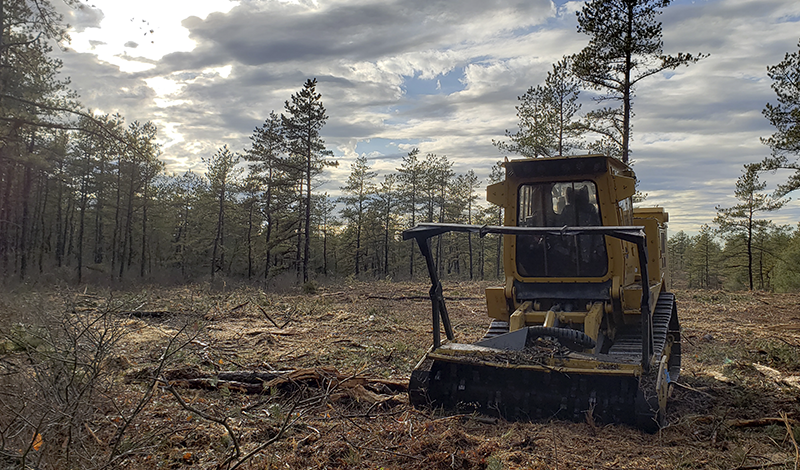The Myles Standish Complex is a mix of barrens habitats that include pine oak woodlands, scrub oak thickets, heathlands, coastal plain ponds, and sandplain grasslands. Animals and plants depend on these open habitats, including many that are protected by the Massachusetts Endangered Species Act. Without these special habitats, a number of rare animal and plant species would vanish.
Over the past 50 years, pine trees and tall shrubs have grown in high densities within the Complex. This dense growth increases the risk from wildfires in the area. Wildfires that start in the Complex can be extremely difficult to safely control. Major wildfires have occurred within the area in 1900, 1957, and 1964, burning thousands of acres. To make the area safe for visitors, nearby residents, and for the unique animals and plants to thrive here, we need to clear and thin the area of many trees and mow areas of tall, dense shrubs.
The expansion of southern pine beetles to Massachusetts is also a concern for the Complex. These beetles reached Massachusetts in 2015, when they were seen in beetle traps from the Connecticut River Valley to Cape Cod and Martha’s Vineyard. These beetles are responsible for widespread tree loss throughout the southeastern United State where they are native. These beetles have recently expanded their range northward due to warming winter temperatures. Decreasing the density of trees and managing the area with prescribed fire will help the remaining pitch pine trees resist the beetles and limit the beetle's ability to spread through the Complex.
The dense pine trees covering the Complex will be thinned to create a more open landscape with widely spaced trees and low rolling glades of plants like scrub oak, blueberry, and grasses. As a visitor to the Complex, you will experience more expansive views and clearer paths. You’ll also have the opportunity to hear and see more songbirds and other interesting wildlife. This work will result in enhancing native wildflower displays and fruit and food producing shrubs for all kinds of animals.
